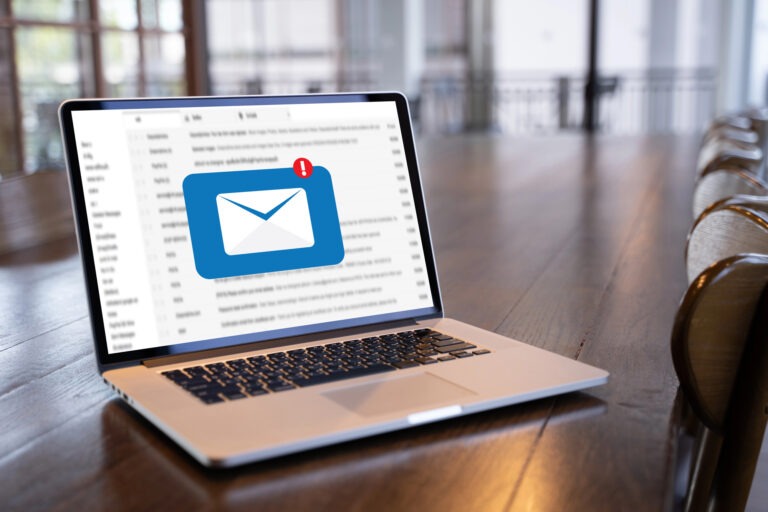NOTE: Before you decide if this solution is right for you, are you able to make a back up of your old emails?
How Do I Backup My Entire Email, You Ask?
To back up your entire email, first, use your email client’s export feature or a third-party backup tool to save all messages to a file. Then, store this file on an external drive or in a cloud service.
NOW… There are two ways you can access your business email.
- Webmail
You can login directly to your business email by going to webmail.yourdomain.com and use your business email and password to login. - Mail Client
Send & receive business emails directly from your preferred mail client account.
To begin, please see an example of configuration with Google Mail or Gmail below.
Setup Business Email with Gmail
Users often appreciate the ability to receive and send email from a familiar mail client, like Gmail, just as if it was your business account. This way recipients see the email as if it was from your business account and not your Gmail account. Additionally, you have the convenience of managing everything in one place and all your emails are stored on Google’s servers, so you have to worry about running out inbox space quickly, or losing your emails if you change domains or business email providers.
To get started, ensure you are logged into the account you wish to use as your mail client for our busness integration. Click the gear icon in the upper right inside your Gmail account and then click “See all Settings”.

From there, select the “Accounts and Import” tab at the top and then click on “Add a mail account”

Next, enter your business email address and click “Next”.

Make sure “Import email from other account (POP3)” is selected, in most cases, this will bee your only option and this option will be sure that your emails get imported into your Gmail account.

Now, fill in the fields you see in the illustration with your information. Use your business email address as the username and your password here. Your POP Server will be mail.yourdomain.com, Port will be: 995 and be sure the boxes are checked for SSL and Label incoming messages. No other boxes should be checked except for the two in the illustration. Next, click “Add Account”.

You will be asked if you want to send email from your business account. Select “Yes” and click “Next”.

In this window, fill out the information similar to before except choose Port: 465 and be sure SSL is selected. Then click “Add Account”

You will be shown a message saying you need to confirm your business email address to send email messages. Since we have already set up our account to receive messages, we can do that from inside our Gmail account. You will most likely need to prompt Gmail to fetch that email if you have not received it yet as show in the next step.

In the Accounts and Imports settings that we used to add our business email, you will see a link that says “Check mail now”. Click that link and then go to your inbox.

You should see an email to confirm your business email address, open and click the confirmation link inside.


Then click on “Confirm.”

Now click the link to go back to your inbox.

To send and email from your business email, click the “Compose” link in the top left corner of your Gmail, same as sending any email. You see now you have a dropdown in the “From” field. Click that drop down and choose the email account you want to send from. You can add up to 5 email accounts like this to a single Gmail account. By default, you will always reply to an email from your primary (personal) address. To prevent accidently doing this, go the next step to solve this problem.

Pro tip: Go back to your settings and into the “Accounts and Imports” tab like before and scroll down to the “Send mail as” section and select the option to “Reply from the same address the message was sent to”. This way you don’t accidentally reply to a business email from your personal email address which is a common mistake.

You’re all set with Gmail. Just be sure to be mindful of configuration and supplemental testing for success. And reach out to our email specialists for further support.
Using an Alternative Mail Client
For standard mail client configuration, please use the configuration details shared privately with you to ensure you configure the following variables. (As reference above in Gmail but with unique formatting and jargon native to the program or mail client chosen.)
- Username/email set up
- Password
- Mail server [i.e. mail.mydomian.com]
- SSL Configuration options:
- IMAP SSL: Port 993 (incoming) <- Outlook, Thunderbird, Mobile Device, etc…
- POP3 SSL: Port 995 (incoming) <-use this for Gmail
- SMTP SSL: Port 465 (outgoing) <- same either setup.
For additional support with your business email configuration, please reach out to a Cal Coast Web Design email specialist.



